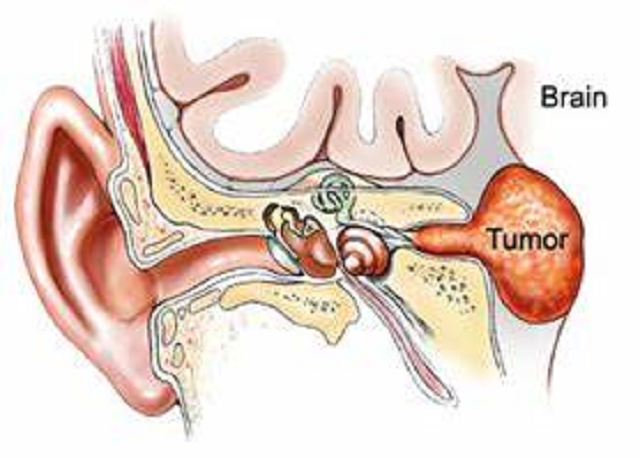Under what situation does an acoustic neuroma do not require surgery?
- Normal Liver Cells Found to Promote Cancer Metastasis to the Liver
- Nearly 80% Complete Remission: Breakthrough in ADC Anti-Tumor Treatment
- Vaccination Against Common Diseases May Prevent Dementia!
- New Alzheimer’s Disease (AD) Diagnosis and Staging Criteria
- Breakthrough in Alzheimer’s Disease: New Nasal Spray Halts Cognitive Decline by Targeting Toxic Protein
- Can the Tap Water at the Paris Olympics be Drunk Directly?
Under what situation does an acoustic neuroma do not require surgery?
Under what situation does an acoustic neuroma do not require surgery? The mechanism of hearing loss in treated acoustic neuroma patients is not fully understood, but it may include neurovascular compression of the cochlear nerve or labyrinth, impaired cerebrospinal fluid circulation, and tumor-mediated inflammation.

There are at least two reasons why conservative treatment of acoustic neuroma is popular:
- Many acoustic neuromas appear as small lumps in the elderly with mild symptoms;
- In addition, reports in the past 15 years have shown radiologically that only 22% to 48% of acoustic neuromas have grown (the most common definition is an increase in tumor volume) ≥ average follow-up of 2.6-7.3 years, the most consistent observation strategy The predictor of future growth is that the tumor is larger at the time of diagnosis.
Generally, acoustic neuromas with the largest diameter of the cerebellopontine angle less than 1.5 cm are considered waiting for scanning.
Imaging and auditory nerve evaluation are usually performed 6 months after MRI diagnosis to identify fast-growing acoustic neuroma or more aggressive processes similar to acoustic neuroma. If there is no growth at 6 months, imaging and hearing assessment will be carried out every year thereafter, until the 5th year, many experts advocate an assessment every other year.
In view of the unpredictability of tumor growth and the ability to jump or delay growth, lifelong follow-up is recommended. If growth is determined, most patients are recommended for radiosurgery or microsurgery.
In order to minimize the cost of continuous tumor monitoring and the risk of contrast-related adverse events, some groups have transitioned to thin-layer, high-density t2-weighted magnetic resonance cisternography without contrast agents, which is highly accurate Reliability between sex and evaluation.
The mechanism of hearing loss in treated acoustic neuroma patients is not fully understood, but it may include neurovascular compression of the cochlear nerve or labyrinth, impaired cerebrospinal fluid circulation, and tumor-mediated inflammation.
An analysis of data from the Danish population showed that 334 of the 636 patients had hearing at the time of diagnosis, with a speech discrimination score of more than 70% (indicating that 70% of the words were repeated correctly by the patient), but after 10 years of observation, only 31 % Of patients’ hearing remains above this threshold.
It is worth noting that 88% of patients had a speech discrimination score of 100% at the beginning, and the score still exceeded 70% after 10 years. This indicates that good speech understanding at the time of diagnosis predicts good long-term hearing results.
An important issue with observation strategies is the increased risk. In a French study involving 386 patients, 16% of the patients lost follow-up while waiting for the first year of the scanning strategy.
Unfortunately, because the symptom progression is not strongly related to the growth of acoustic neuroma, and because the growth rate is highly variable, the risk of patients being lost to follow-up increases, the development of a large tumor, hearing loss, etc.
(source:internet, reference only)
Disclaimer of medicaltrend.org
Important Note: The information provided is for informational purposes only and should not be considered as medical advice.



